“Price war” is not a shield for dealers on the brink of death
![]() 09/26 2024
09/26 2024
![]() 490
490
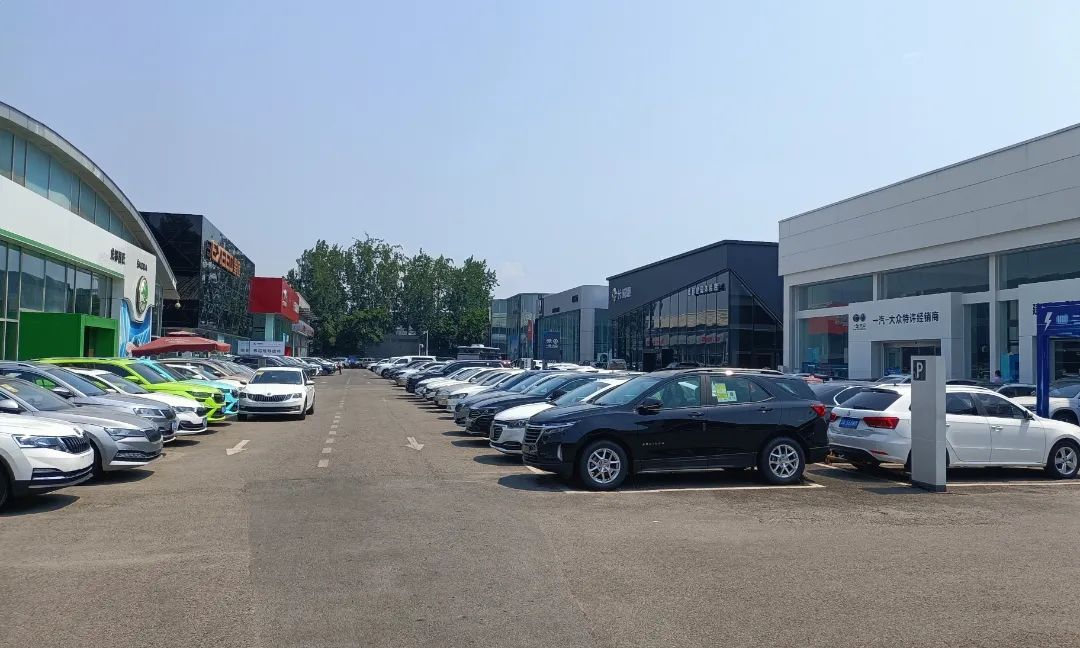
Introduction
Car dealers who have become accustomed to the good life are shouting for help, lamenting their misjudgment of the pace of evolution and highlighting long-standing development risks in China's automotive market.
This year's automotive market has been on a rollercoaster ride since the beginning of the year. The market has been flooded with new cars, and fierce competition and escalating price wars have left everyone in the industry deeply feeling the pain of industry transformation, with no one immune.
Despite the rising market penetration of new energy vehicles and relatively stable cumulative sales compared to previous years, a mix of negative emotions such as fatigue, anxiety, confusion, and frustration persist.
The intense competition in the market has indeed allowed consumers to choose from a wide range of options and purchase their desired cars at the lowest possible prices. However, after eight months of this trend, is it truly healthy?
Perhaps. For some internet celebrity enterprises riding the wave, this chaotic and unregulated market environment has become a natural advantage in manipulating consumers. In this era of declining popularity for joint ventures and rampant competition among domestic brands, quickly seizing market share through public opinion seems like a lucrative deal. Even if operating at a loss, selling new cars at rock-bottom prices can still win over customers.
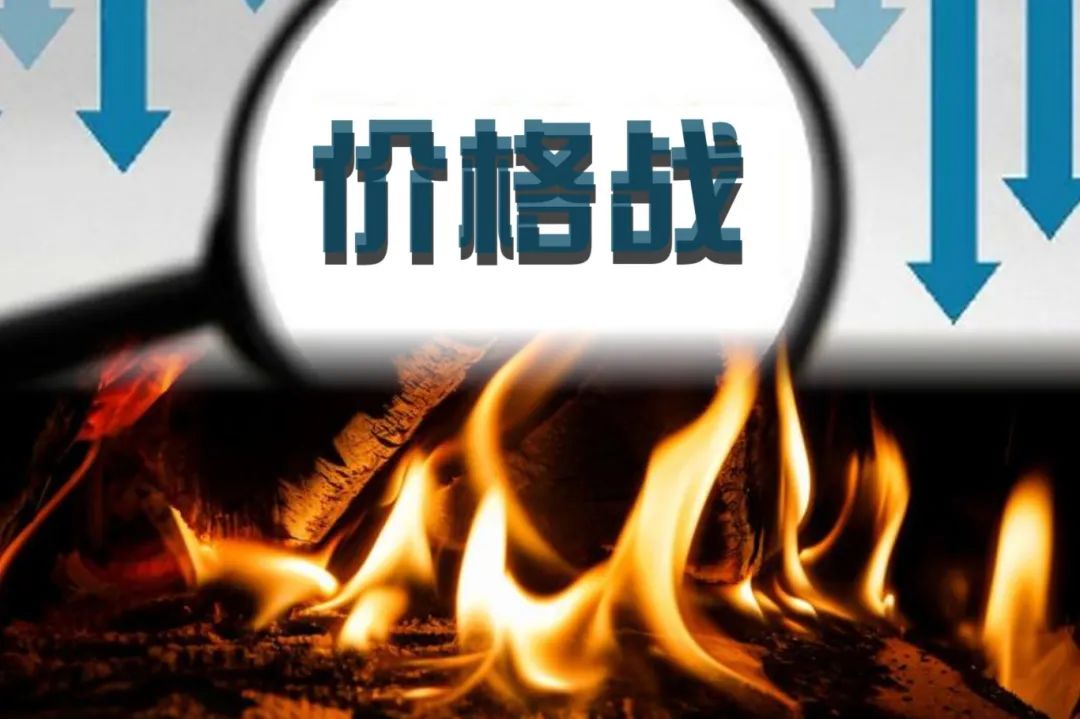
However, it is crucial to recognize that the formation of market rules and order in China's vast automotive market is not solely determined by one or a few enterprises. As the market structure evolves, some growing pains cannot be concealed by superficial prosperity.
Consumers are reveling in the joy of discounted car purchases, while new energy vehicle companies relish in encircling traditional automakers. This reflects a shift away from the established trajectory of the market. On the other hand, downstream companies in the industry chain are experiencing unprecedented survival challenges, which serve as a microcosm of the ongoing market transformation.
This is especially true for car dealers, who face a combination of extended payment cycles on the supply side and accelerated development requirements. These market changes, which directly threaten their survival, have left them vulnerable to industry turbulence.
Previously, dealers suffered significant loss of potential customers due to the impact of direct sales systems established by new players, forcing them into the spotlight as internet celebrities. Now, while liquidating inventories at a loss, they must also contend with continuous new car launches from manufacturers and relentless price wars. The consequences of these changes are self-evident.
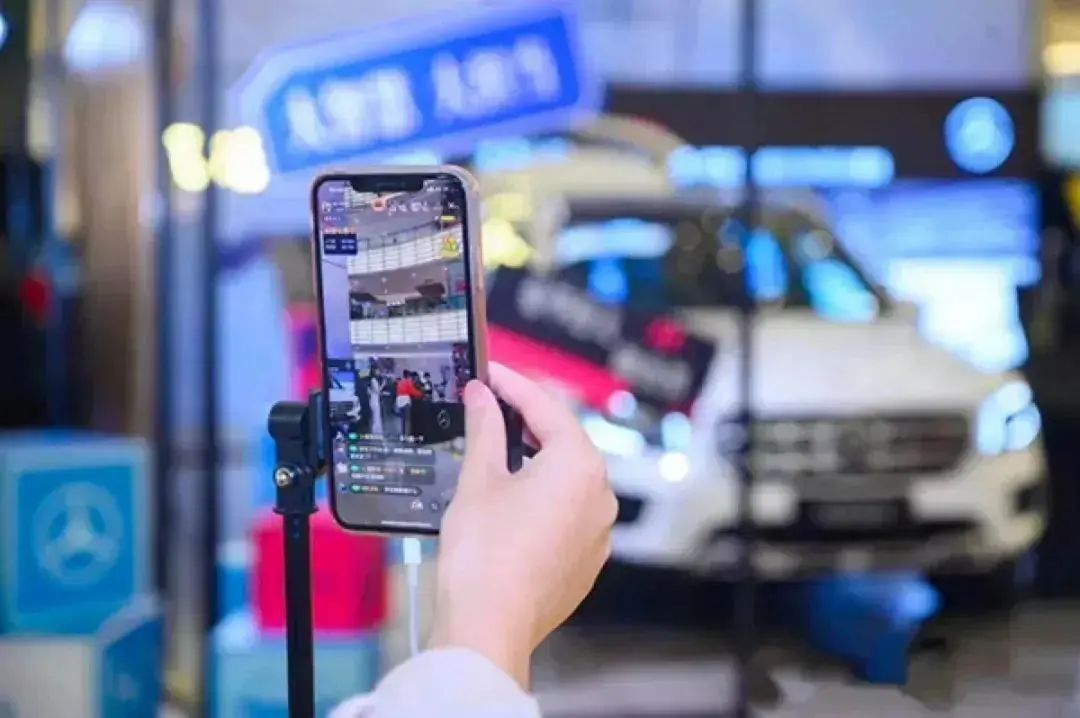
Dealers' darkest hour
Why has China's automotive market come to this? There may not be a simple explanation, but with increasing alarming news from the industry, shouldn't the entire sector seriously consider the future of the market?
A few days ago, the China Automobile Dealers Association (CADA) officially submitted an emergency report to relevant government departments regarding the financial difficulties and shutdown risks faced by car dealers due to factors such as the ongoing price war, which has led to significant changes in the automotive market and put dealers in a tight spot with liquidity issues.
The report highlights that car dealers are facing widespread losses in new car sales, cash flow deficits, and increased risk of capital chain ruptures, making it difficult for them to survive.
As mentioned at the beginning, on one hand, the sluggish economic environment and relentless wholesale pressure from automakers have left dealers with high inventory levels, forcing them to sell at discounted prices. On the other hand, the escalating price war has disrupted the fragile supply-demand system, severely testing the contractual relationship between heavily indebted dealers and banks.
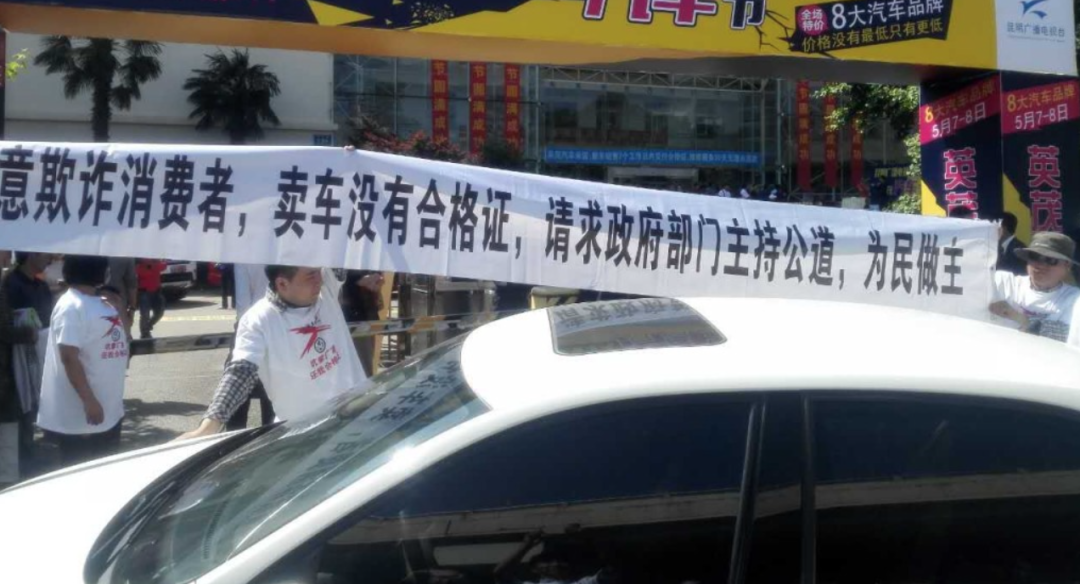
In recent years, especially since the outbreak of the price war, there have been numerous instances of dealer bankruptcies and business closures, including major players like Guanghui Group and regional dealers like Guangdong Yongao, Jiangsu Senfeng, and Zhejiang Zhongtong.
While it's true that car dealers who once profited effortlessly from the market must now adapt to industry changes, many consumers would welcome the demise of profit-driven dealers and the rise of automakers capable of establishing their own direct sales systems.
However, every problem has two sides. Behind dealers' cries for help lies their misjudgment of the pace of evolution and, to some extent, highlights long-standing development risks in China's automotive market.
According to available data, as of August this year, the dealer-manufacturer price inversion reached a high of -22.8%, an increase of 10.7 percentage points from the same period last year. Additionally, the overall discount rate for the new car market in August was 17.4%, and the price war has already resulted in a cumulative loss of RMB 138 billion in new car retail sales from January to August this year.
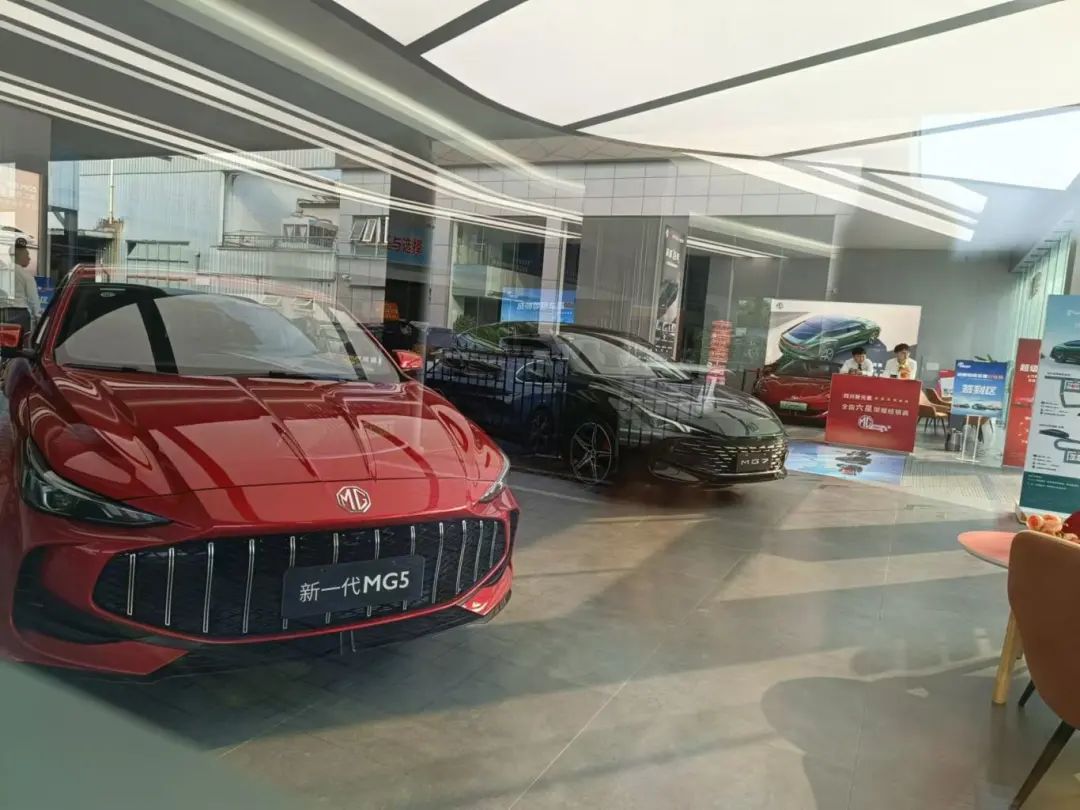
Over the past two decades, such staggering loss figures are unprecedented in China's automotive market. When the market loses its ability to self-heal, it becomes clear that dealers, manufacturers, and consumers are no longer on the same page.
In the past, manufacturers could rely on dealers' distribution capabilities to resolve supply-demand contradictions, while dealers leveraged their access to vehicle sources to influence consumer decisions. Financial institutions and banks provided a safety net for dealers facing financial difficulties. However, as the price war erodes everyone's bargaining chips, the lack of resources threatens the survival of all players.
Amid frequent survival crises, many would argue that dealers, as the weaker party, have a legitimate reason to request financial relief measures from the government, as evidenced by the China Automobile Dealers Association's appeal for such measures.
However, upon reflection, many underlying issues in China's automotive market can be traced back to long-standing practices.
Rome wasn't built in a day, and neither were these problems.
After the implementation of the Measures for the Administration of Automobile Sales on July 1, 2017, which abolished the previous Measures for the Administration of Automobile Brand Sales, the new policy aimed to promote reforms such as breaking the monopoly of brand-authorized sales, with positive implications for auto sales methods and consumer rights.
Many provisions aimed to regulate transactions between auto suppliers and dealers, prohibiting unilateral setting of sales targets, tying sales, restricting multi-brand operations, and resales. However, as the market flourished, not everyone adhered to these rules, leading to a variety of games being played within the industry.
Dealers often balanced their interests by receiving a mix of popular, inventory, and niche vehicles from automakers. To maximize profits, dealers relied on popular models to offset losses from slow-moving vehicles and financed through bank loans using vehicle qualification certificates as collateral. They also collaborated with financial institutions to offer attractive financing options to attract customers.
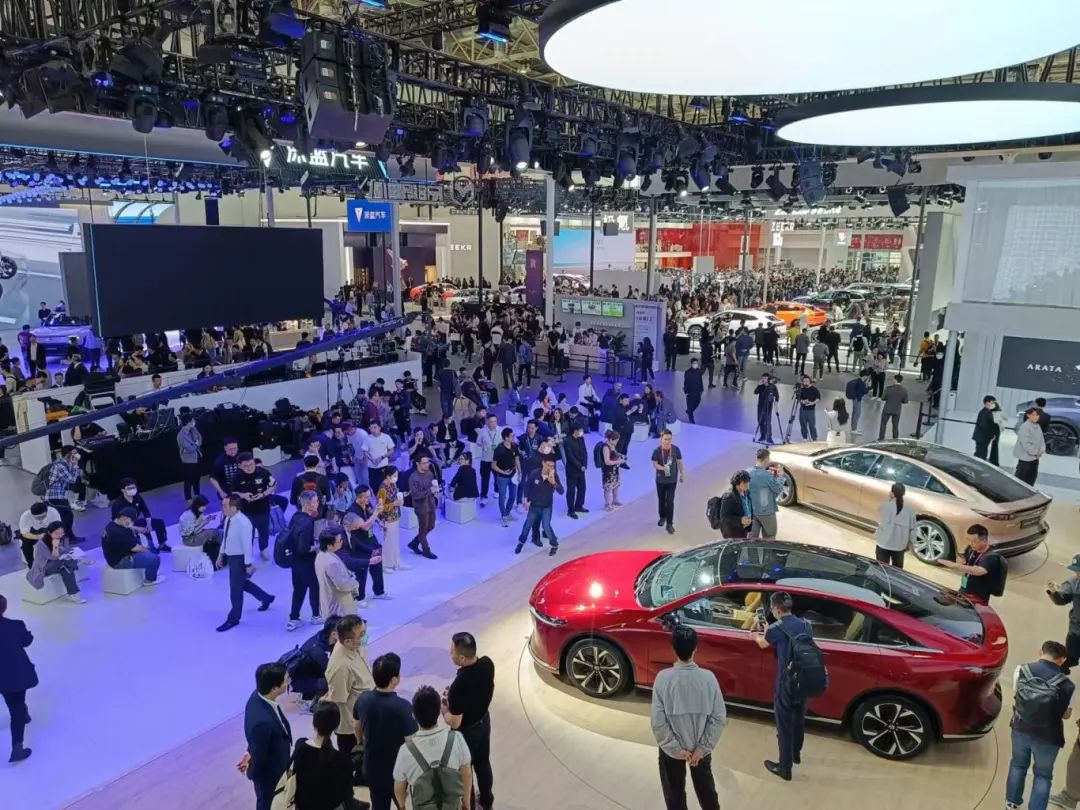
These irregularities have long been exposed through various channels, but they were often overlooked due to the market's upward momentum and the sheer size of the pie.
Is profit the sole goal of business? Since the establishment of the dealer system, the answer has often been affirmative, especially during the rapid growth of China's automotive market over the past decade.
Amid the chaos of brand competition, dealers were often swept up in the rush for quick profits, ignoring the importance of long-term sustainability for the market's healthy development.
As the tide recedes, it becomes clear who has been swimming naked.
Entering 2024, it was evident that the price war would inflict pain on most players. With declining stock and limited growth opportunities, traditional dealers faced attacks from both fronts. The suffocating feeling of being caught in this chain reaction was unbearable.
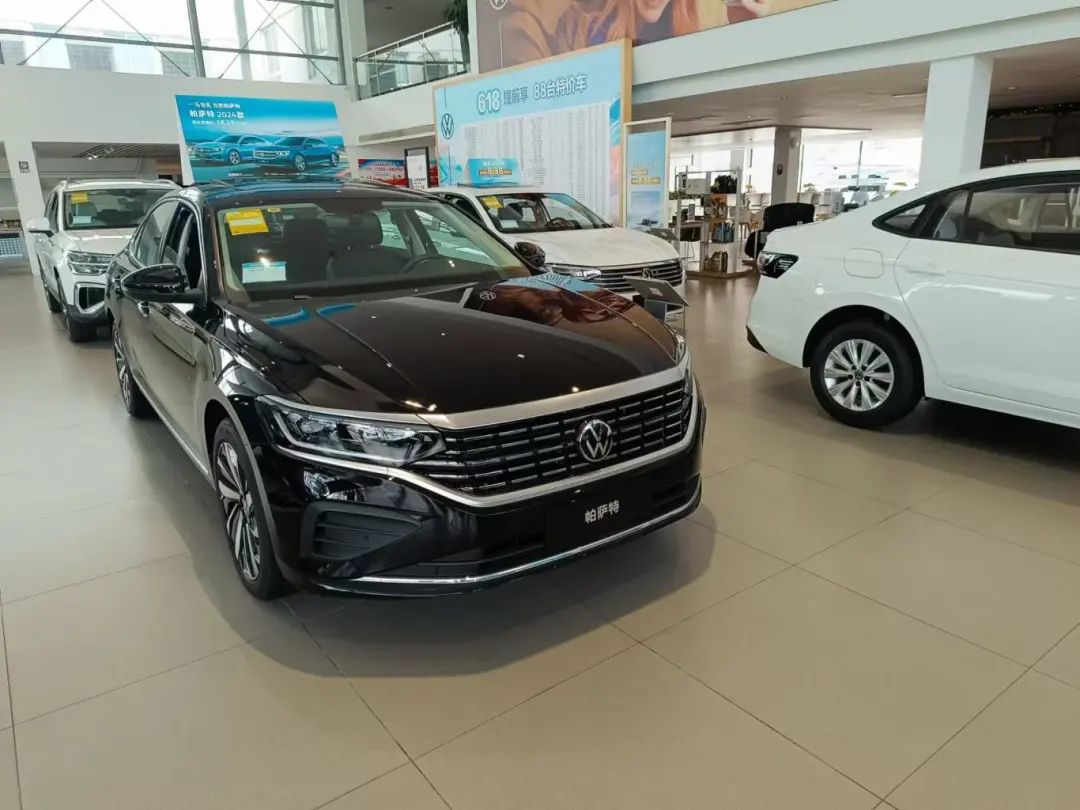
According to the 2024 H1 National Auto Dealer Survival Survey Report released by the China Automobile Dealers Association, 50.8% of domestic auto dealers reported losses, while only 35.4% were profitable. The significant expansion of losses indicated that many dealers were already operating at a deficit and on the verge of collapse.
In an attempt to reverse the trend, BMW led the way in tightening prices mid-year, hoping to reverse the situation with brute force. However, the reality was harsh, with sales falling short of expectations, shattering BMW's ambitions and delivering a blow to other automakers considering ending the price war.
Some may argue that dealers could simply use their profits to weather the storm or that automakers could reduce production to alleviate pressure. However, the root of the problem lies deeper. Dealers' financial distress is a result of years of leveraging, and automakers' production cuts would harm employment and the stability of the entire industry chain, which is unacceptable to local governments.
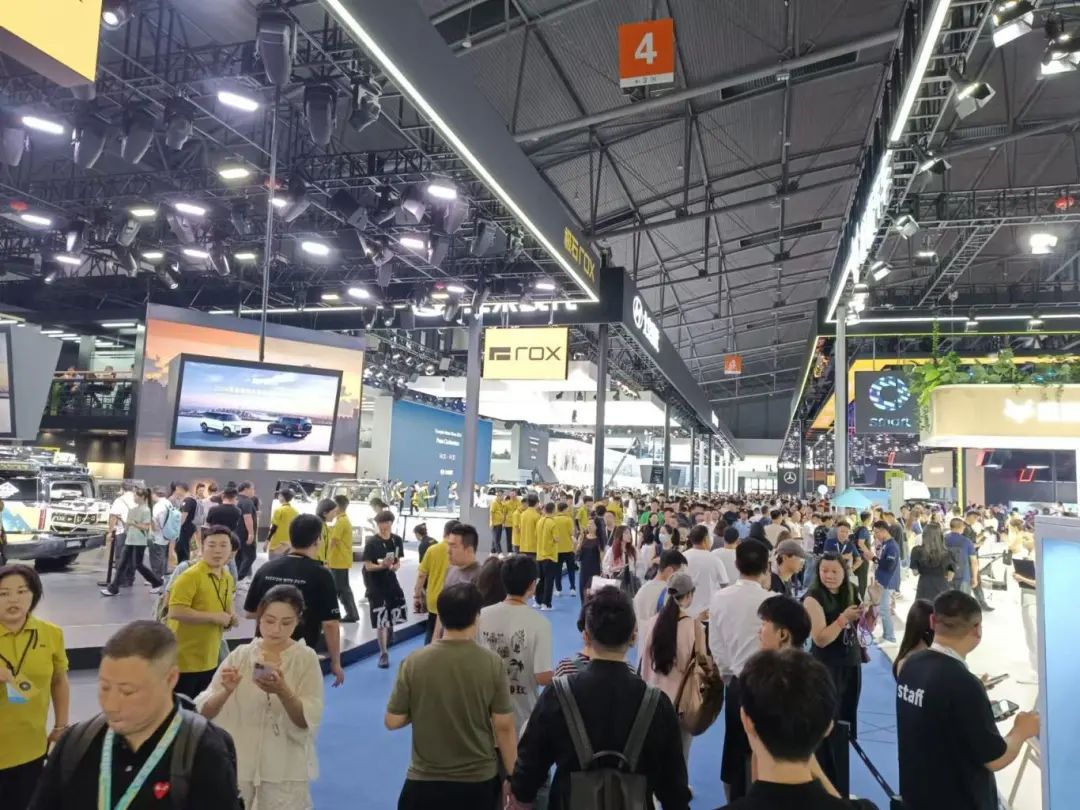
When dealers lament the difficulties of survival and the ineffectiveness of traditional sales incentives, empathy alone is insufficient. Extraordinary measures may be necessary to save the struggling system, but for China's automotive market entering a new stage of development, if this turmoil can be resolved peacefully, the ailing dealer system must undergo fundamental reforms. Otherwise, the cycle of crises will continue to repeat itself.
Ultimately, the price war serves as a mirror, revealing the state of the industry and prompting reflection on who is pushing dealers to the brink of collapse.








